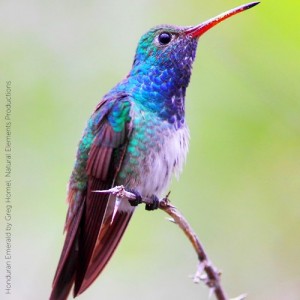That
swirling noise you hear outside is more than the colorful leaves of fall being
moved about by the wind. It’s also the
restlessness of migratory birds feeding voraciously as they pack in energy for
the next leg of migration toward their non-breeding areas. Unlike birders, birds can’t grab a handful of
granola bars to take with them while they go about their important activities
of the day. The only place they can
carry fuel is internally as stored fat.
If you get a chance, go out and check the back corners of your yard or
apartment complex grounds to see if you can spot some of these migrants fueling
up.
My
sister who lives in northern Virginia sent me a picture this week of an
immature male Rose-breasted Grosbeak that came to her feeder. To her, it looked like an oddball because it
had molted partway towards adult plumage.
None of her field guides showed this transition, and it confused her a
bit. It was just starting to get that rose-colored breast that gives the bird its name. Its head was still mostly streaky brown and white like a female, and it was just partway through replacing the brown body and flight feathers it had when it fledged from the nest with the black and white feathers of an adult male.
 |
| An immature male Rose-breasted Grosbeak that visited my sister's feeder in northern Virginia in late September 2016. Photo credit: Tamea Boone. |
If that was indeed the same individual bird, I could see it again soon in its non-breeding area in Central America. I will be traveling to Honduras from mid-October to mid-November as part of a new effort by the Cayuga Bird Club to establish sister birding clubs in North and Central America. Many populations of Neotropical migratory birds, our “Birds of Summer” here in North America, are declining. One of the main causes of these declines is habitat loss in both the breeding areas in North America and the non-breeding grounds in Central and South America.
Linking sister birding clubs along the migratory pathways can help us all understand better what is happening to the birds we all love so much. If you want to support this effort please see my Go Fund Me campaign aimed at raising funds to travel within Honduras to visit as many of the six existing birding clubs as possible.
Also, check out this animated eBird occurrence map that shows the ebb and flow of Rose-breasted Grosbeaks just within the United States during migration. These birds winter mostly in Central America and very northwestern South America. In the animation, notice how none of these birds show up in the U.S. until the end of April when their population seems to "explode" up through the Mississippi River valley during spring migration. Although difficult to tell from this map because it shows only the U.S., Rose-breasted Grosbeaks breed from the northeastern US, up through Canada and across the Boreal Forest to British Columbia. Watch the animation as the range of these birds contracts back south during fall migration. Virtually the entire population of these birds is gone from the U.S. by the end of September.
My sister and I were lucky enough to document the passage of some Grosbeaks as they flew south on their epic migratory journey. I hope to be lucky enough to see many of these birds when I visit Honduras soon. Stay tuned!
Also, check out this animated eBird occurrence map that shows the ebb and flow of Rose-breasted Grosbeaks just within the United States during migration. These birds winter mostly in Central America and very northwestern South America. In the animation, notice how none of these birds show up in the U.S. until the end of April when their population seems to "explode" up through the Mississippi River valley during spring migration. Although difficult to tell from this map because it shows only the U.S., Rose-breasted Grosbeaks breed from the northeastern US, up through Canada and across the Boreal Forest to British Columbia. Watch the animation as the range of these birds contracts back south during fall migration. Virtually the entire population of these birds is gone from the U.S. by the end of September.
 |
Adult male Rose-breasted Grosbeak,
showing what the birds my sister
and I saw will become.
Photo credit: Animalspot.net.
|








